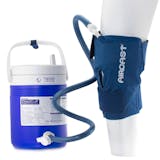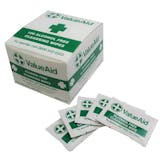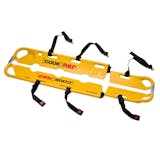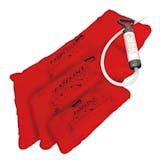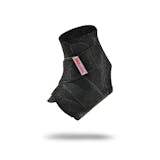Hamstring Tendonitis
What is Hamstring Tendonitis?
Hamstring tendonitis is an injury that occurs when the tendon becomes damaged or inflamed due to excessive strain or force being placed on the tendon. The Hamstring tendon is the soft tissue that connects the hamstring muscle to the outer aspect of the knee.Causes
- Overuse injury common in running and jumping activities
- Excessive speed changing whilst running
- Insufficient warm-up exercise
- Poor core strength
Symptoms
- Pain at the back of the knee and thigh which increases over time
- Pain when resuming activity
- Swelling and inflammation
- Aching and stiffness after activity
Treatment
- RICE method (Rest, Ice, Compression, Elevation)
- Anti-inflammatory medications
- Taping and strapping techniques
- Physiotherapy
- Steroid injection









